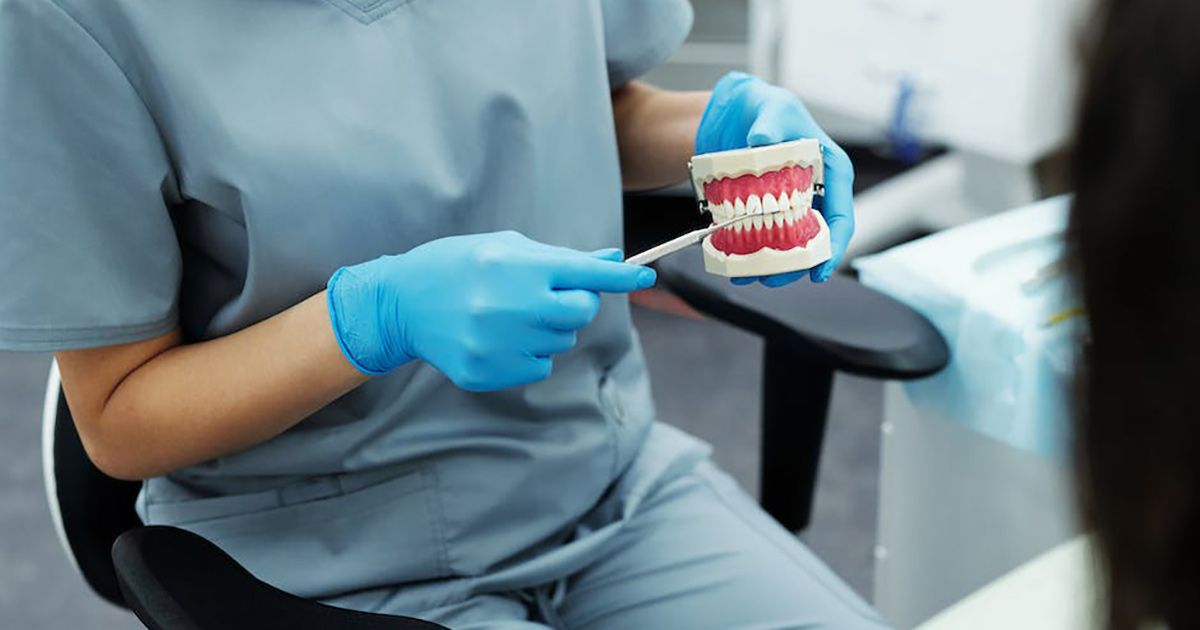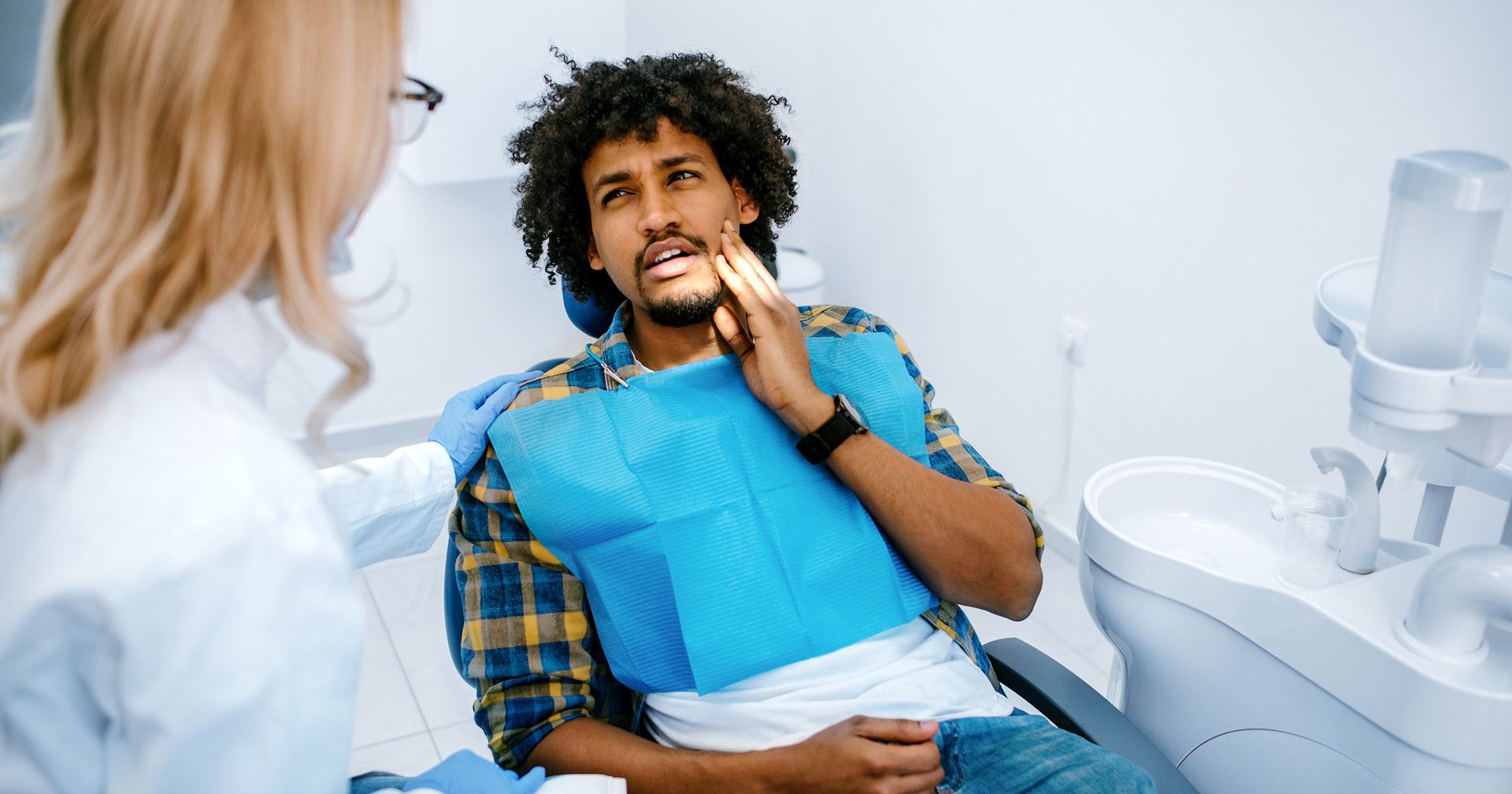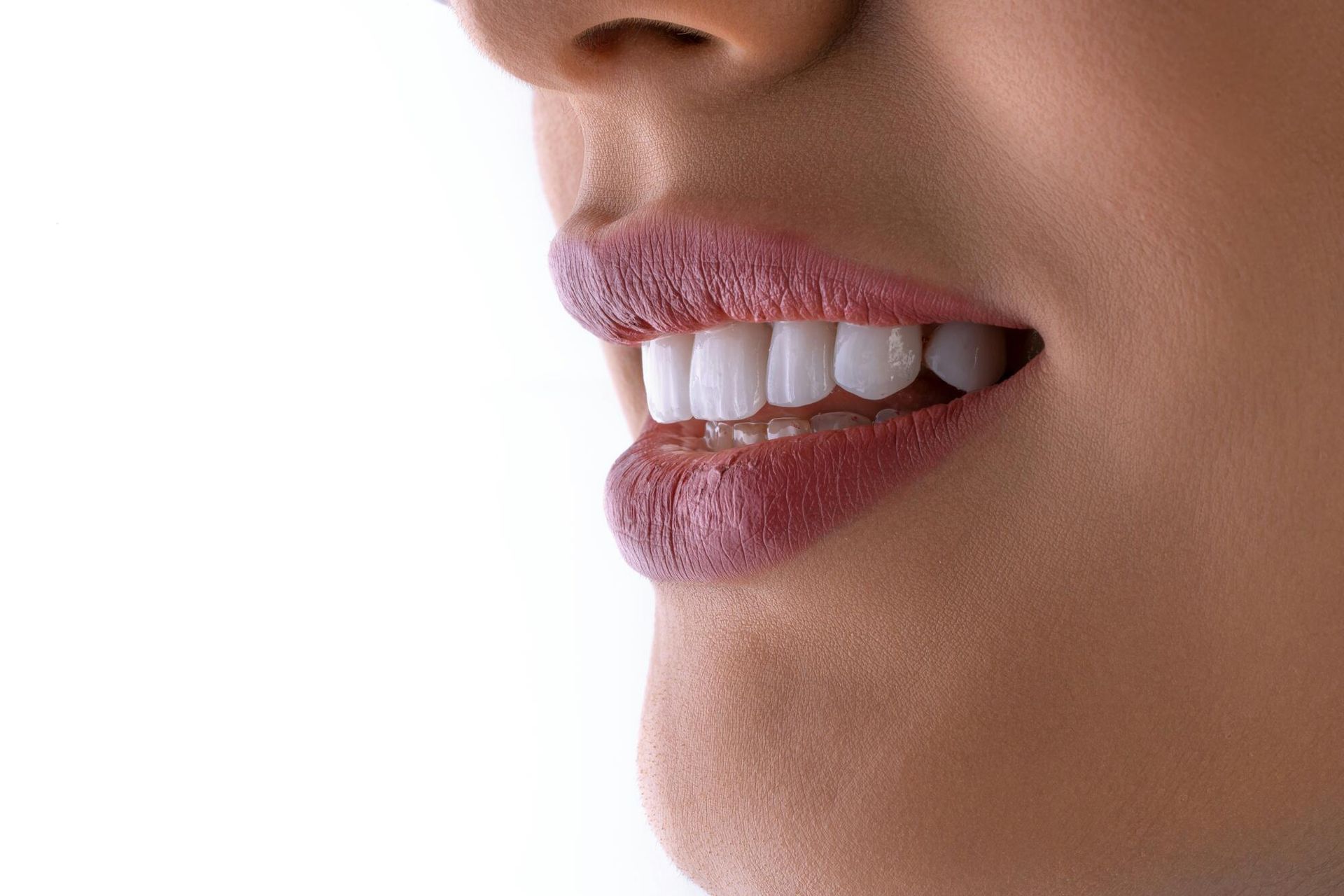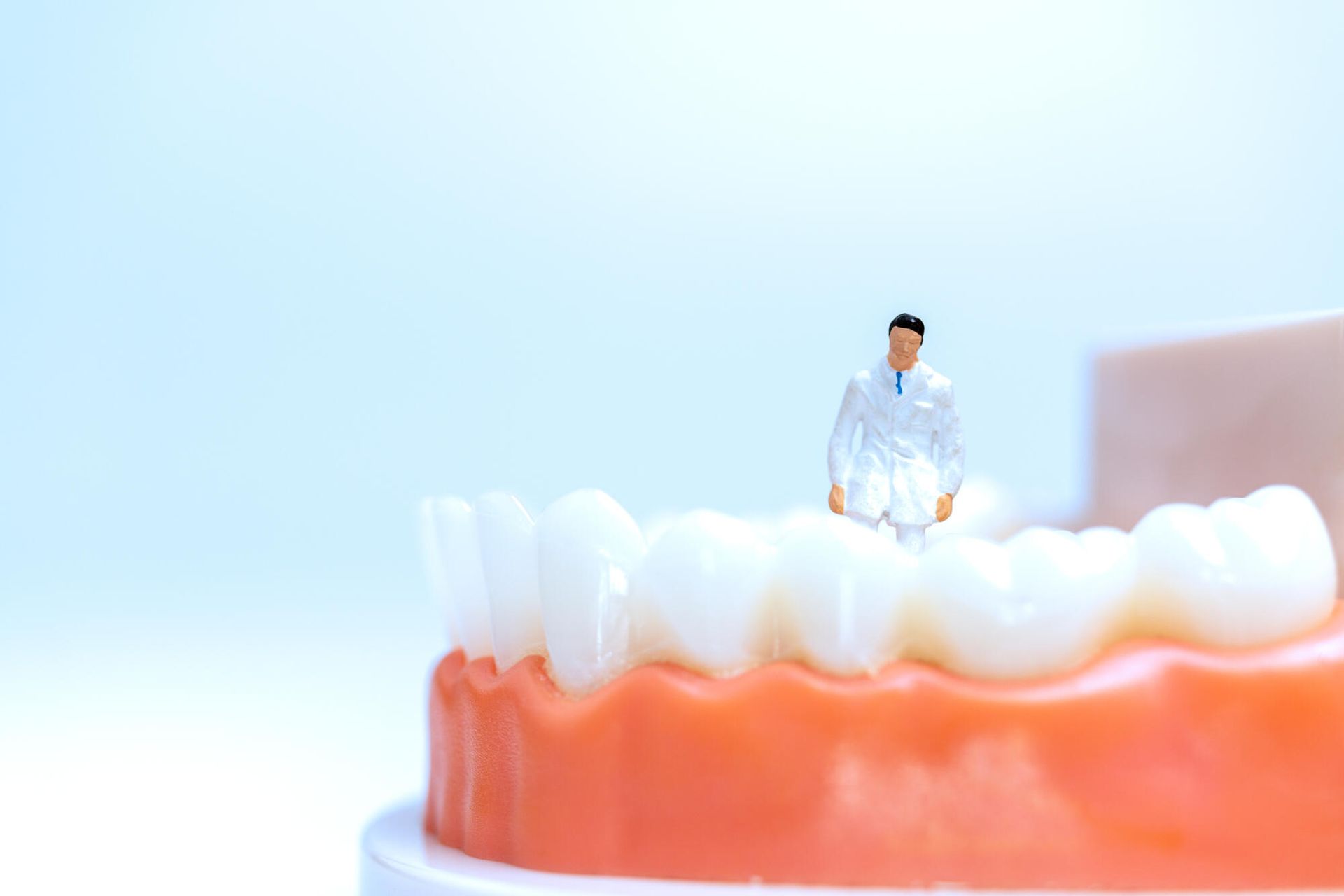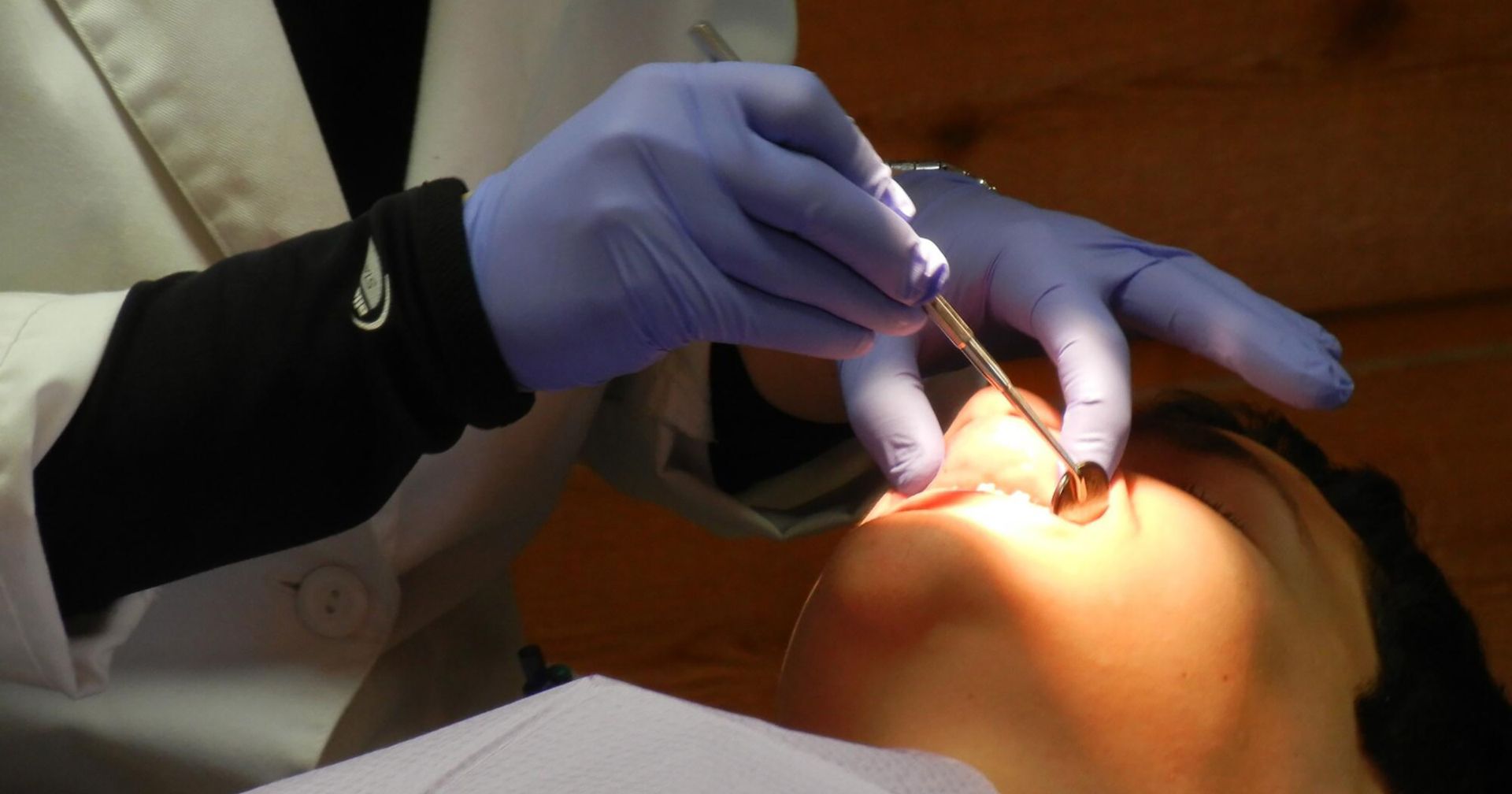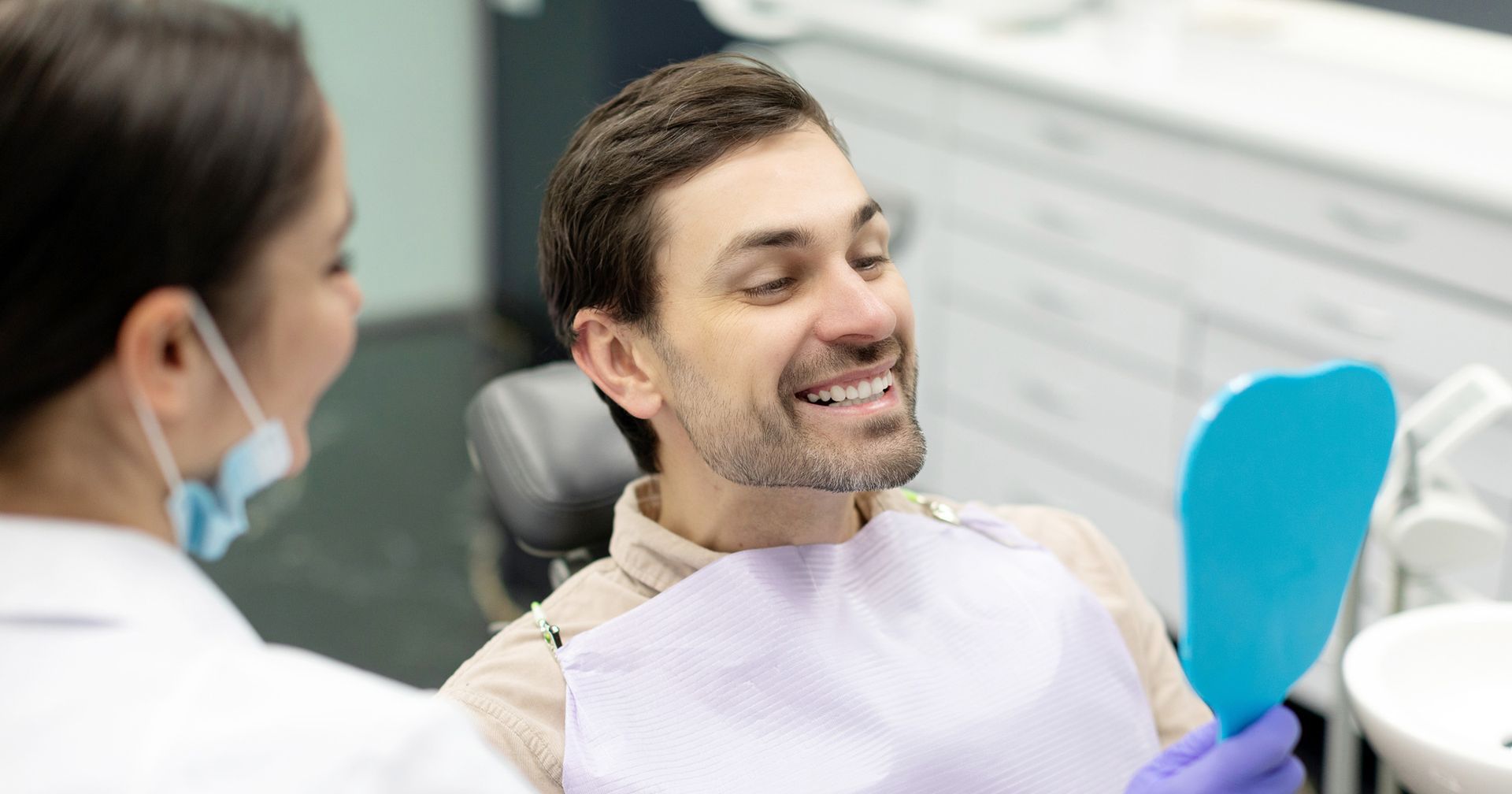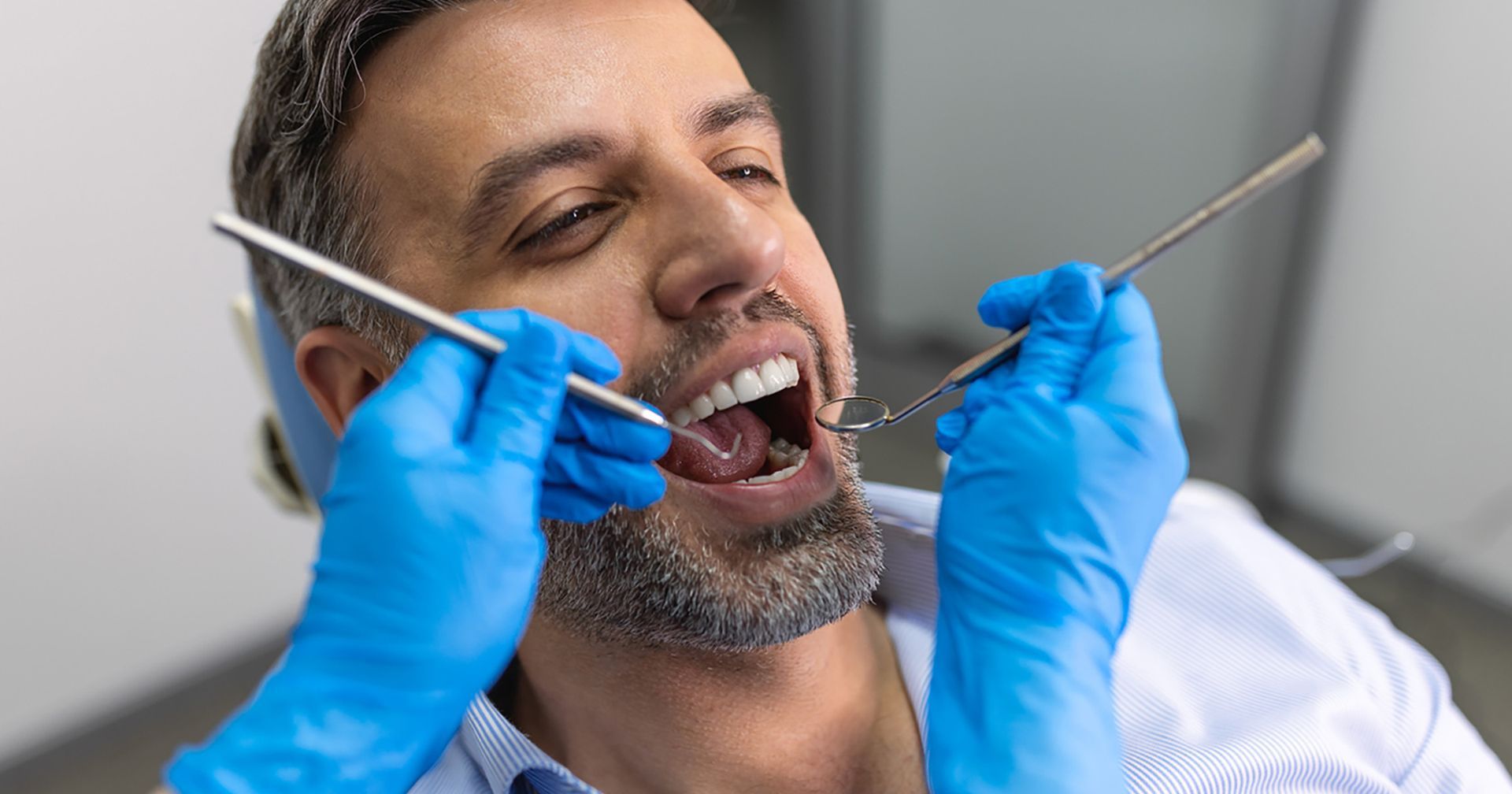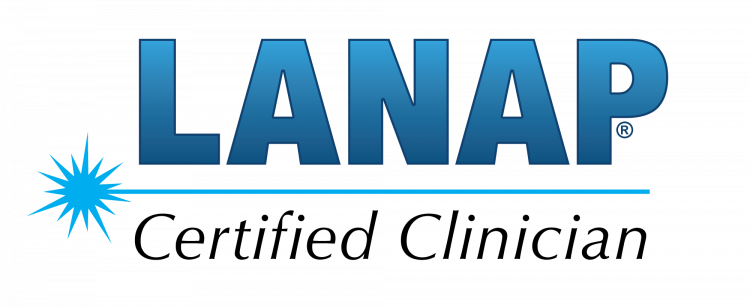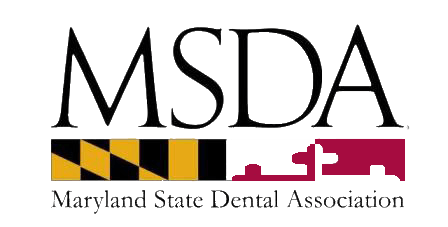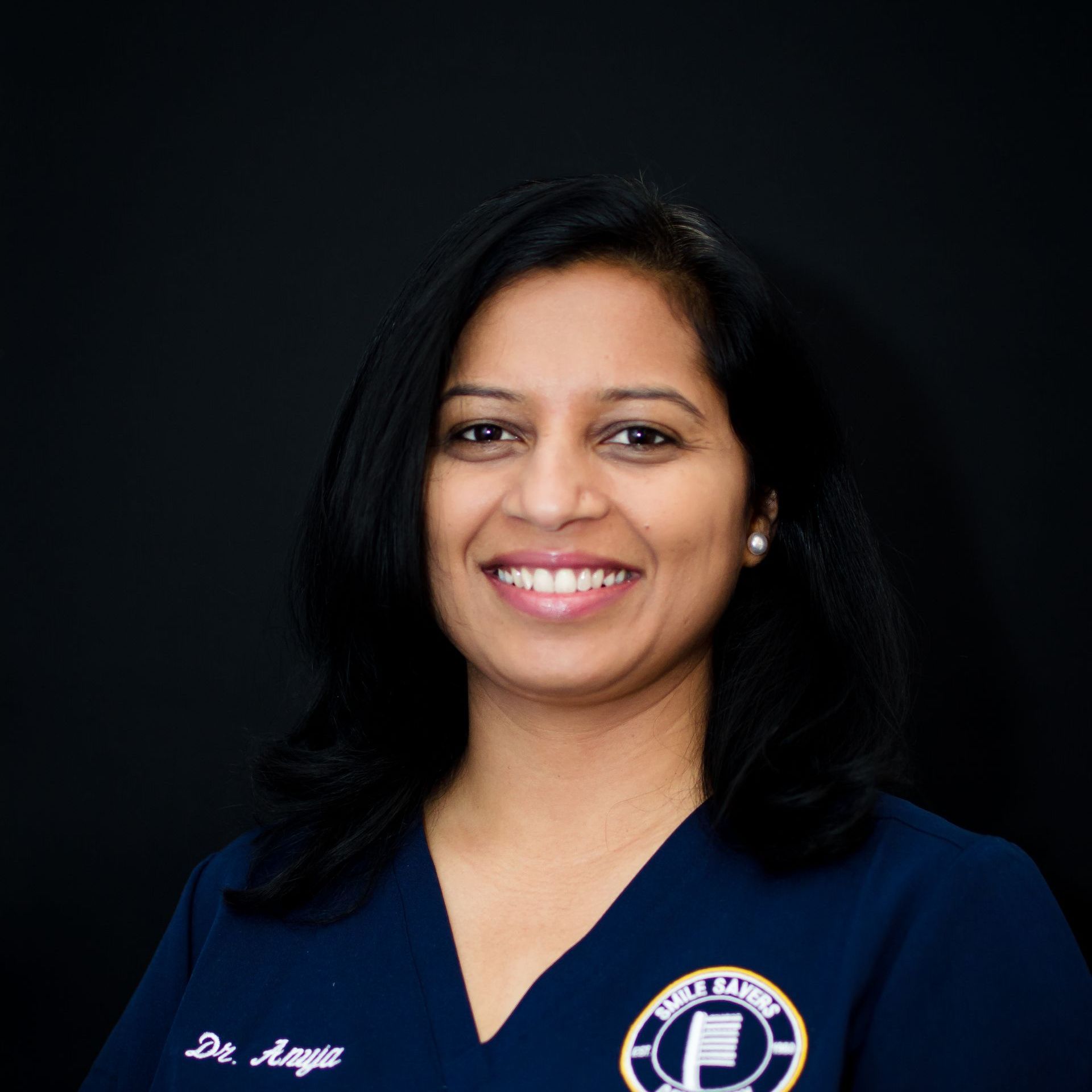If you have periodontal disease, then there are a few treatment options for you to consider. Here is a guide to osseous surgery vs. LANAP.
Periodontal disease is highly prevalent in the US. Nearly half of adults 30 years and older suffer from this condition. The risk increases with age, explaining why more than 70% of senior adults have some form of periodontal disease.
The good news is that dental treatments are available to halt the progress of late-stage periodontal disease. Periodontal disease can cause abscesses, jawbone damage, and even tooth loss without treatment.
Two of the most common procedures for the treatment of periodontal disease are osseous surgery and LANAP. In this guide, we will discuss osseous surgery vs. LANAP and help you understand why LANAP is the best option.
What Is Osseous Surgery?
Osseous surgery is a treatment for periodontal disease, also known as gum disease. Gum disease progresses in stages, ranging from early periodontal disease (i.e., gingivitis) to mid- and late-stage gum disease.
People with periodontal disease may not need osseous surgery or alternatives. A deep dental cleaning is typically the best treatment for gingivitis. However, once this condition progresses, more intensive treatment is necessary.
During traditional osseous surgery, dentists create incisions in the gums to reach the root of the teeth. Then, they use a dental drill to reshape the jawbone holding the teeth in place, which is where oral bacteria reside.
Bacteria buildup is the primary cause of gum disease. Osseous surgery removes these bacteria and the plaque deposits they create. The result is a cleaner mouth and healthier gums and teeth.
Once your dentist has cleared away the bacteria and plaque, they will stitch up the incision. These procedures take place under anesthesia and, optionally, sedation to ensure a more comfortable experience.
What Is LANAP?
LANAP is an alternative to osseous surgery for the treatment of gum disease. The acronym stands for Laser-Assisted New Attachment Procedure (LANAP). It is a newer technology that uses lasers to target and eliminate harmful bacteria.
One of the side effects of having periodontal disease is that the bacteria buildup irritates the gums. As a result, the gum tissue begins to pull away from the teeth roots. This creates pockets between the gums and teeth.
Over time, gum pockets can become so large that the tissue can no longer hold underlying teeth in place. Teeth may become loose or even fall out, which may eventually lead to bone loss.
With LANAP, dentists can target the bacteria that cause gum pockets. The procedure can also regenerate diseased gum tissue to ensure any infection-causing bacteria won't spread. The result is immediate gum pocket closure.
A unique quality of this gum disease treatment is that the laser can be optimized to only target bad bacteria. Meanwhile, the good oral bacteria in your mouth will be left alone.
Key Differences Between Osseous Surgery vs. LANAP
Are you experiencing the symptoms of gum disease? If so, a dentist in Columbia, MD may recommend osseous surgery or LANAP. The ultimate choice is up to you, and understanding these options can make your decision easier.
With that in mind, here are some of the key differences between osseous surgery vs. LANAP gum disease treatments.
Invasiveness of Treatment
A treatment's invasiveness refers to whether a procedure breaks the patient's skin. Surgeries requiring incisions or punctures, such as osseous surgery, are invasive. A procedure like LANAP is non-invasive.
The benefits of non-invasive procedures are multiple. Patients do not need anesthesia or long recovery periods (more on this in a moment). Plus, non-invasive treatments like LANAP have fewer side effects.
Many patients choose non-invasive procedures exclusively for the pain aspect. Surgery is much more painful, especially during post-treatment recovery. Non-invasive LANAP is incredibly gentle and safe.
Post-Treatment Infection Rates
Post-dental surgery infection rates are relatively low compared to other medical procedures. However, patients with severe periodontal disease are over seven times more likely to develop a post-surgical infection.
The risk of infection after treatment is significantly lower for LANAP. This is due, in part, to the fact that a wound-healing period is not required. Many post-osseous surgery oral infections occur due to improper incision healing.
Another reason LANAP leads to fewer infections is that it may be more effective at killing oral bacteria. For example, one recent study of 22 patients with chronic periodontal disease found a 93.5% success rate with LANAP treatment.
Speed of Treatment
Osseous surgery and LANAP treatments may take a similar amount of time for people with moderate gum disease. The same is true of people with periodontal disease concentrated in one area.
People with severe periodontal disease often need more than one osseous surgery session. Dentists can only work on one area of the mouth at a time. In many cases, patients may need up to 10 sessions to treat the whole mouth.
LANAP procedures are much less time-consuming. Most patients only need up to two treatment sessions for best results. Each session lasts only two hours and, as we will discuss next, requires minimal recovery.
Post-Treatment Recovery Time
Faster recovery times are one of the main reasons patients choose non-invasive LANAP over osseous surgery. LANAP does come with mild side effects. But they are nothing compared to what patients experience with surgery.
It takes at least a week to recover from osseous surgery. During this time, people often experience bleeding, soreness, swelling, bruising, and sensitivity. There is also a risk of infection, tooth root cavities, and receding gums.
Most people are ready to return to life as usual in as little as one day after LANAP treatment. Side effects are minimal and may include mild bleeding or swelling and some gum soreness or tooth sensitivity.
Searching for a Dentist in Columbia, MD?
When it comes to osseous surgery vs. LANAP for periodontal disease, LANAP is superior. It is non-invasive, allowing for a more comfortable experience and quick recovery times. This option is also faster and more effective than traditional osseous surgery.
Are you searching for a dentist in Columbia, MD that provides LANAP for gum disease? Smile Savers Dentistry offers LANAP treatments for a healthier smile and minimal recovery time.
Contact us to schedule your first appointment.


